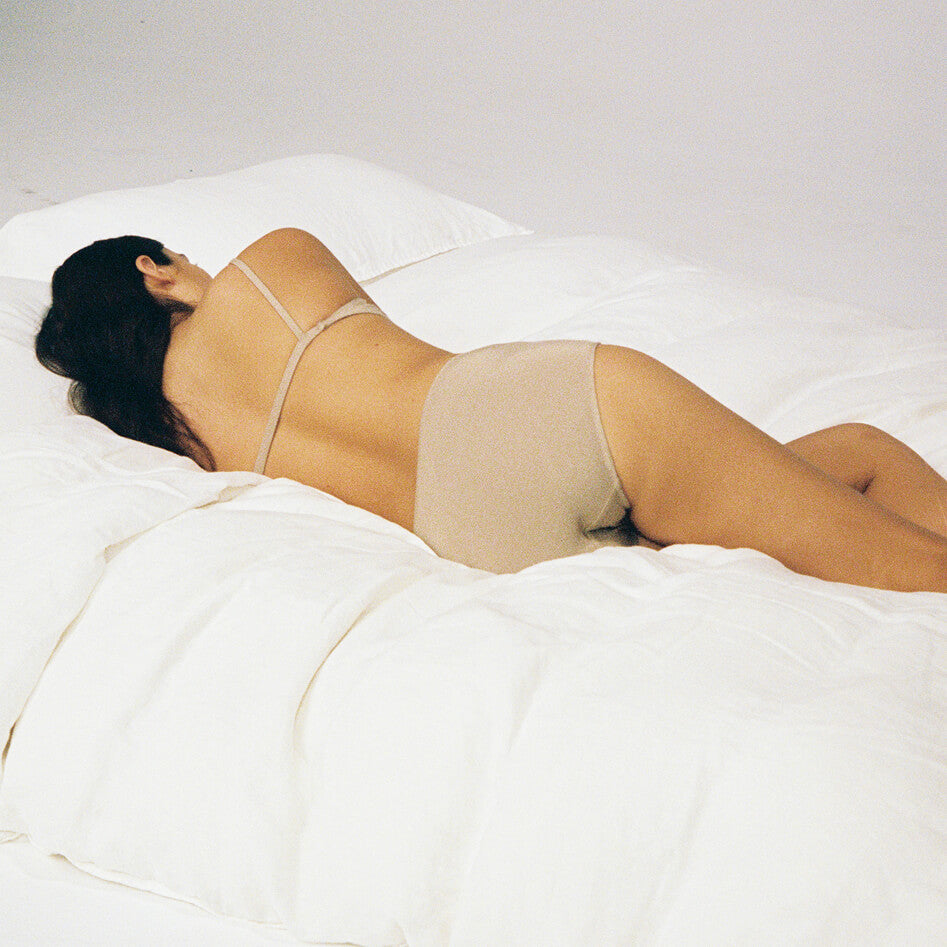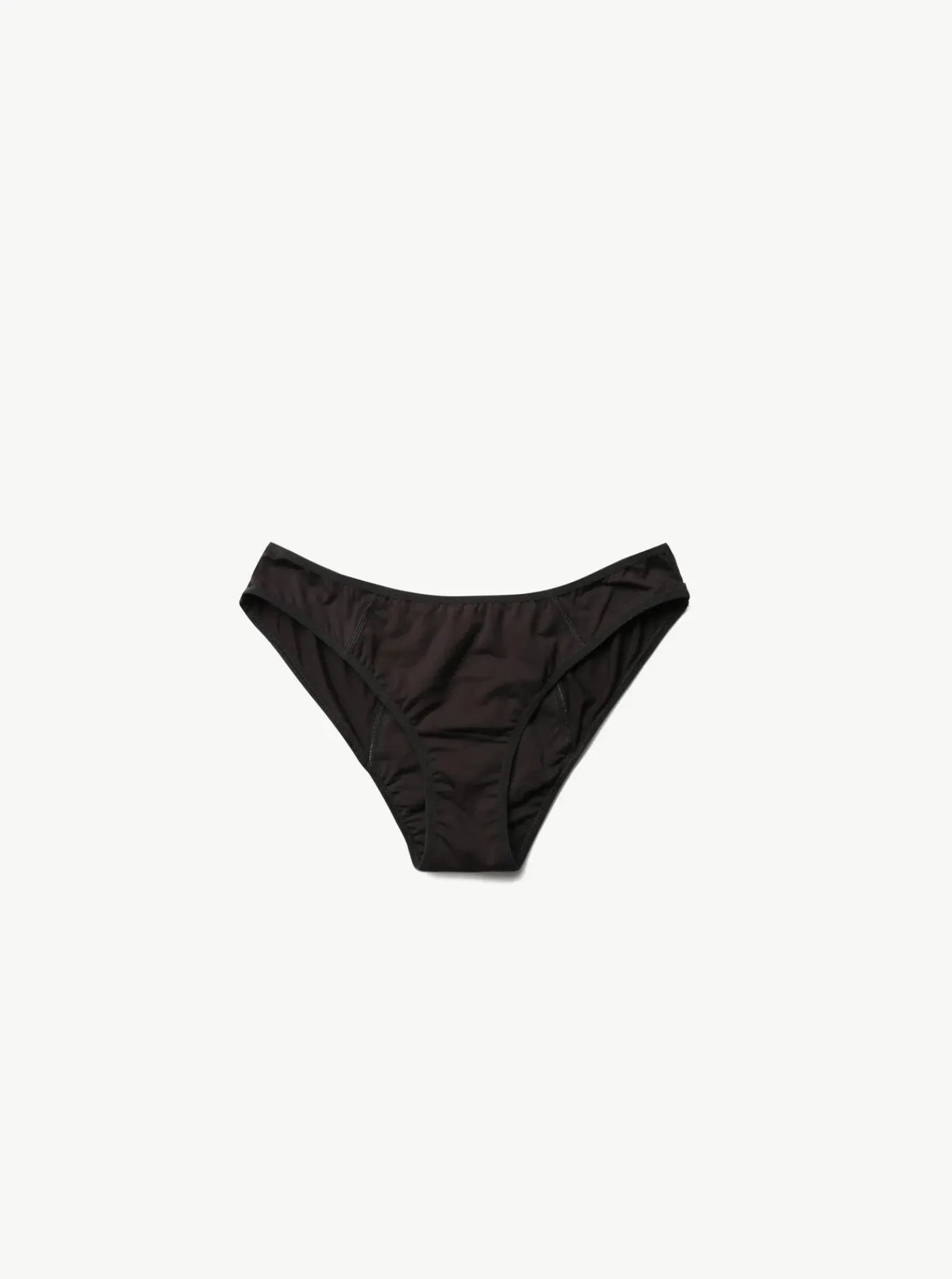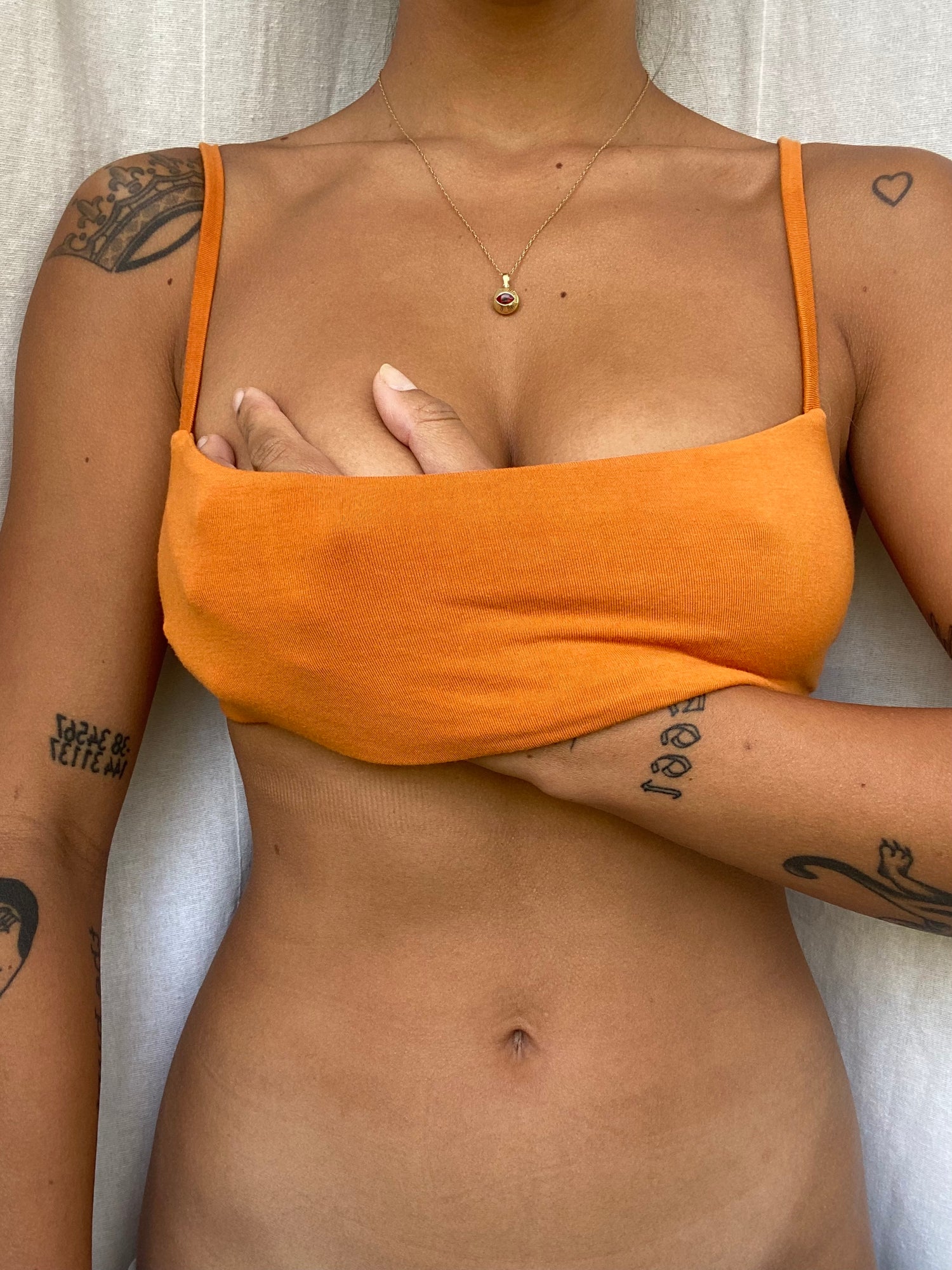Breasts, boobs, tits, ta-ta’s, whatever you like to call them… How familiar are you with yours?
No matter your age, understanding your body's cycles and physical changes helps to build a healthy relationship between you and your physical form. It can also help you locate and determine anything ‘unusual’. So, when was the last time you were left alone with your boobs?
According to Cancer Council Victoria, 9 out of 10 breast changes aren’t due to cancer, so you can sleep a little easier. However, nearly 80% of young women diagnosed with breast cancer find their breast abnormality themselves.
Here is our 6 step breast check:
- Find a mirror and get a good look at your breasts. You want to look for your normalities eg. size, colour, shape and evenness (everyone has one slightly larger breast than the other just FYI). If you notice things like unusual swelling, dimpling, bulging of the skin or anything ‘odd’ in the nipple region, bring it to your doctors attention.
- Now raise your arms and look for the exact same things.
- Now get a little closer to the mirror and look for any signs of fluid excretion from the nipples.
- Next, you wanna get comfy, and lay down on your back. Put one hand behind your head and the other on your breast (use left hand for right breast, and right hand for left breast).
- Use a firm, smooth touch with the first few finger pads of your hand, keeping the fingers flat and together. Use a circular motion, about the size of a quarter. Cover the entire breast from top to bottom, side to side — from your collarbone to the top of your abdomen, and from your armpit to your cleavage.
- Finally, feel your breasts whilst sitting upright or standing. Some women find their breasts are easier to examine when their breasts are wet and slippery so reach for your favourite massage oil or take a mirror into the shower.
In an effort to bring awareness to this topic, we also want to remind you that our bodies are forever changing and this can become apparent in our physical form without their being anything life threatening. This 6 step guide is based on information we’ve read and been advised, please consult your doctor for any concerns.
References:
https://www.breastcancer.org/symptoms/testing/types/self_exam
https://www.cancervic.org.au/preventing-cancer/attend-screening/breasts-health/breast-screen
https://www.youngsurvival.org/learn/about-breast-cancer/statistics








